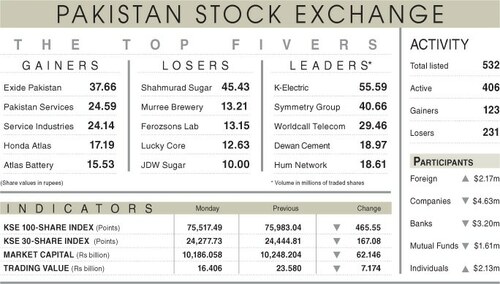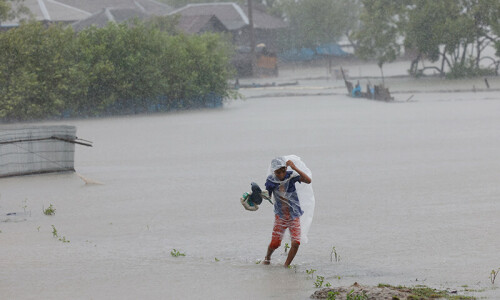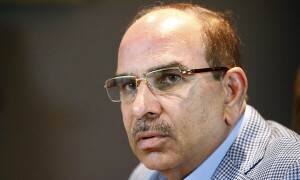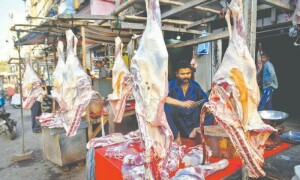
KARACHI: The State Bank has said institutional weakness at all tiers of the government — judiciary, civil services, law enforcers, regulatory bodies and accountability agencies — are directly responsible for poor economic growth in the country. The SBP’s annual report, released here on Monday, showed a series of concerns surrounding the economy. It said most governance indicators had weakened in recent years and the business environment had been undermined by the institutional weakness. Pakistan fared poorly than its South Asian neighbours, the report observed.
“Both domestic and global factors are responsible, but we believe that domestic issues are more decisive and chronic. These include the collapse of fixed investment, acute energy shortages, urban violence and lawlessness, poor physical infrastructure and institutional fragility,” the SBP said.
“The issue of fixed investment merits special mention. Pakistan’s investment rate was only 13.4 per cent in FY11, which is the lowest since 1974.”
The SBP said it feared that a sharp reduction in development spending would continue to dampen the fixed investment and lower future growth prospects. Federal subsidies were three times higher than envisaged in the budget, which implied resource misallocation.
The report said that loss-making public sector enterprises continued to haemorrhage and drain scarce fiscal resources. “Railways, PIA and Pakistan Steel are classic examples of the heavy cost of poor governance to the economy.”
In a recent study on the ease of doing business released by the World Bank, Pakistan slipped from 96 to 105, out of 183 countries evaluated, the SBP recalled. Out of 10 specific topical criteria, Pakistan scored poorly on the availability of electricity (at 166), followed by citizens who actually pay their taxes (at 158).
“Pakistan’s political leadership must take credible steps to stop the slide,” the SBP suggested.
It said that before the start of FY12, policymakers forecast 4.2 per cent economic growth against the SBP’s projection of three to four per cent. The report said the government would again miss the four per cent fiscal deficit target in FY12, with doubts on both expenditure and revenue targets.
The State Bank identified four interrelated issues — fiscal problem, specifically the lack of tax revenues, spillover of fiscal slippages on domestic debt and crowding out of the private sector, acute shortage of power and external sector — and said these needed urgent policy attention to break out of Pakistan’s current stagflation.
Analysing the previous year’s economic performance, the SBP said interest payments alone accounted for 32.8 per cent of government revenues, which meant a further squeeze on the government’s ability to use fiscal policy to promote economic growth.
However, Pakistan’s external debt remained comfortable, especially in the context of acute problems facing the Eurozone. “The funding that Pakistan actually received during FY11 was largely utilised for the servicing of external debt,” the report added.
RELIANCE ON BANKS: It said the government’s heavy reliance on commercial banks not only crowded out the private sector, but also complicated the monetary management. As a result, the private sector credit only grew by four per cent in FY11 against an increase of 74.5 per cent in government borrowing from commercial banks.
“The immediate worry is a possible slowdown in our exports as the United States and the European Union are the primary destination for Pakistani goods,” said the SBP.
“We expect a current account deficit of 1.5 to 2.5 per cent of GDP, which is relatively small given our past performance.
However, the financing of this current account deficit can be challenging.”
The SBP projected a fiscal deficit of 5.5 to 6.5 per cent of GDP, with a bias on the upside for FY12. It expects inflation to be within a band of 11.5-12.5 per cent in FY12, which is broadly in line with the annual plan target of 12 per cent.














































Dear visitor, the comments section is undergoing an overhaul and will return soon.